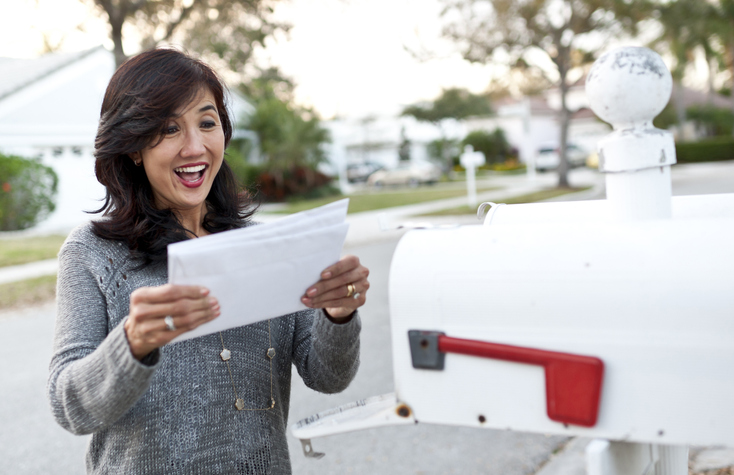
Good news for some of us old-school marketers… direct mail is back! Unless you’re...
Read More

April is Financial Literacy Month, a time when we recognize the importance of financial literacy. If...
Read More

About two years ago, we published this blog: Time to get in the Social Game” and you kno...
Read More

I unearthed this photo just recently (yes, it’s yours truly!) and it got me think...
Read More